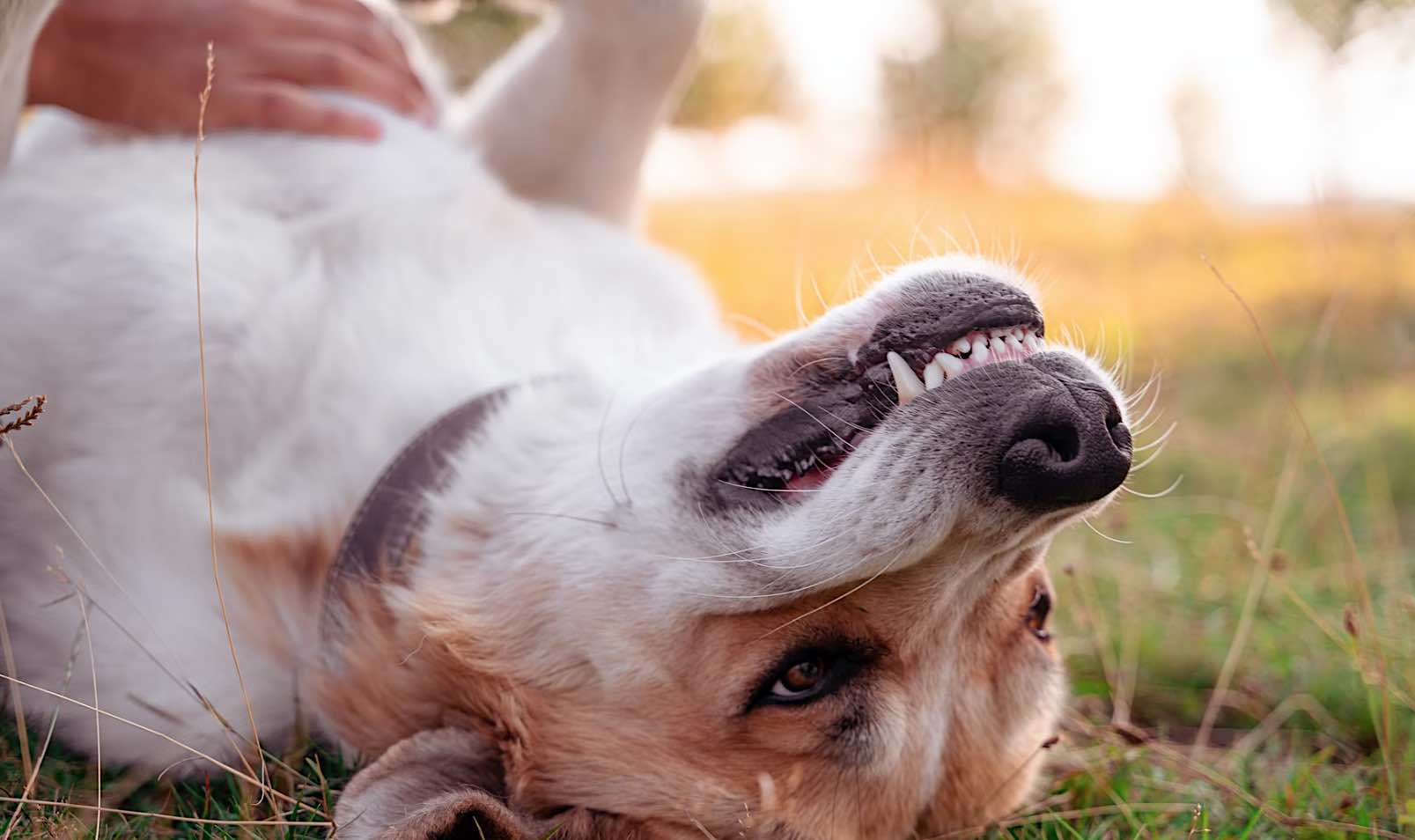New York Passes Law to Shut Down the Puppy Mill Pipeline
New York State Legislature passes the Puppy Mill Pipeline Bill—legislation that will end the retail sale of dogs, cats, and rabbits in pet stores.

Dogs became ‘man's best friend' because of a gene that lowered their stress and made them more relaxed around people, according to new research from Japan.
Descended from wolves, the domestication of dogs which enabled their special relationship with humans has baffled evolutionary experts for decades.
Now, a team at Azabu University reckon they have solved the riddle. Dogs carry two mutations of a gene known as MC2R (melanocortin 2 receptor), which produces the hormone cortisol—nature's built in alarm system released during fear or anxiety.
Dogs' emergence has been tracked back to wolves scavenging leftovers discarded by early humans on the edges of settlements. Over generations, their offspring became bolder and moved ever closer to the people they relied on.
In time, humans saw the animals as natural allies and began training them to be better hunters and herders.
"It may have become necessary through the process of domestication for dogs to gaze at humans for instruction and initiate communication to build a more successful relationship," said corresponding author Dr. Miho Nagasawa. "Because stray dogs that are not brought up in human households show this characteristic, it has been previously suggested there is a genetic component involved. Our results support this hypothesis."
To investigate the phenomenon Dr. Nagasawa and colleagues ran experiments in which 624 domestic dogs were split into ancient and modern (general) breeds.
The ancient group consisted of those considered genetically closer to wolves such as the Akita and Siberian Husky. Others, such as gun dogs, mastiffs and Jack Russell terriers, are more distantly related. All participants were recruited voluntarily from their owners.
They found the ancient group felt less attached to the testers than the latter, and it was due to the MC2R variants.
"We focused on ancient dog breeds to investigate breed related differences in social cognitive abilities," explained Nagasawa.
"In a problem solving task, ancient breeds showed a lower tendency to look back at humans than other European breeds."
Blood samples showed changes to the MC2R gene were associated with correctly interpreting gestures and gazing at the experimenters more often.
There were no differences in other genes—including those for the ‘bonding' hormone oxytocin and another linked to hyperactivity.
Their research was published in the journal Scientific Reports.
"The results show both groups have capabilities in understanding human gestures and adjusting their responses accordingly, (but) in contrast, the general group showed higher eye-contact behavior in the problem solving test."
"This suggests the capability of dogs to understand human commands and adjust their own behavior accordingly evolved early in the domestication of dogs. The stronger tendency of gazing at humans, as tested by the problem solving test, was a desirable characteristic that was intentionally chosen for, through human-selected breeding, after dogs had evolved."
Man's first best friend was a grey wolf that made contact with its first human companions about 33,000 years ago, somewhere in south east Asia. About 15,000 years ago, a small pack of domesticated dogs began trotting towards the Middle East and Africa.
The species, known as Canis lupus familiaris, made it to Europe about 10,000 years ago, when humans began to build farmsteads and villages and erect walls.
Dogs were already there to help keep guard and herd the first flocks—and the outlines of the great adventure are written in DNA.
SHARE This Fascinating Discovery to Your Pack on Social Media…
Be the first to comment